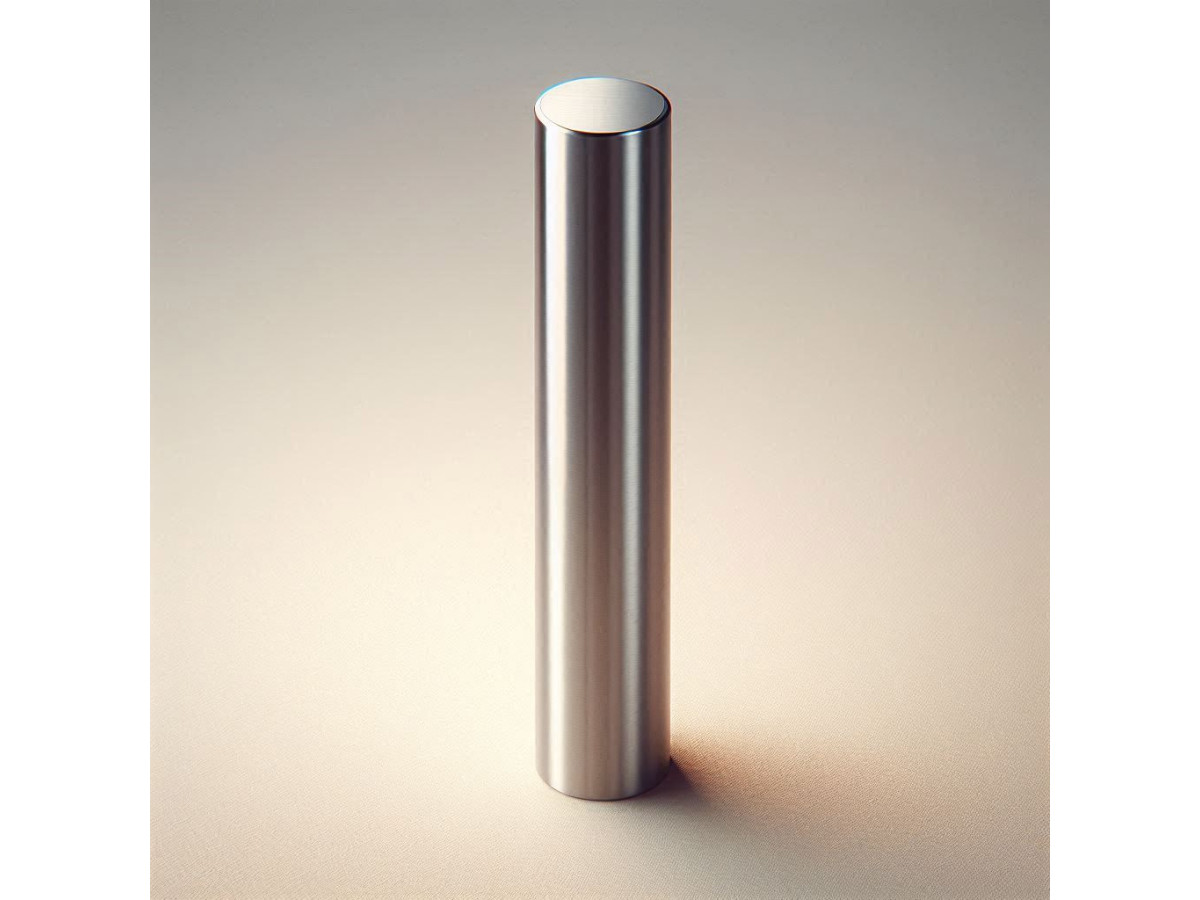Metal 3D printing is a revolutionary technology that opens new horizons for industry and design. One of the key materials in this process is tool steel round. Its unique properties make it indispensable for creating complex metal components known for their reliability and strength.
Tool Steel Round: The Ideal Material for 3D Printing
Tool steel round possesses a range of characteristics that make it an excellent material for additive manufacturing:
- Reliability and wear resistance. These properties allow for the creation of parts that can withstand significant loads and long-term use.
- Precise geometry. The ability to create parts with high precision, including small holes and complex geometric shapes.
- Wide range of alloys. There are numerous grades of tool steel round, allowing for the selection of the optimal material for a specific task.
- Compatibility with various printing technologies. Tool steel round can be used in different additive manufacturing methods, such as laser selective melting, electron beam melting, and others.
New Technologies and Prospects
he development of metal 3D printing technologies has emerged from improvements in the characteristics of modern materials. In recent years, new alloys of tool steel round with enhanced properties have emerged:
- Alloys with increased corrosion resistance. Such alloys are used in the marine industry, chemical industry, and other sectors where parts are exposed to aggressive environments.
- Alloys with high thermal conductivity. These alloys are used to create components that operate in high-temperature conditions, such as in the aerospace and space industries.
- Biocompatible alloys. Alloys are being developed for use in medicine to create implants and prosthetics.
Application of Tool Steel in Additive Manufacturing
The rapid development of metal 3D printing technologies opens new application areas for steel components produced by additive methods. Particularly impressive results are seen in the aerospace sector, where the ability to create lightweight and incredibly strong parts for aircraft and spacecraft has revolutionized manufacturing.
The automotive industry is also actively adopting these technologies, using them for both rapid prototyping and the production of custom parts and small batches of components.
The medical field has gained a unique opportunity to create personalized implants and surgical instruments that precisely match the anatomical features of individual patients.
Interestingly, even the jewelry industry has found applications for this technology, using it to create unique pieces with complex geometries that cannot be achieved through traditional methods.
Tool manufacturing has also undergone significant changes – it is now possible to create cutting tools of the most intricate shapes with internal cooling channels and optimized geometries, significantly enhancing their efficiency and longevity.
Advantages of 3D Printing Using Tool Steel Round
First and foremost, there is a significant reduction in production costs – companies no longer need to invest large sums in expensive tooling and specialized equipment, which is particularly relevant for small-batch production and prototyping.
The process of designing and producing parts has also undergone revolutionary changes – designers can now quickly create prototypes, test them, and make necessary adjustments, after which they can almost instantly transition to serial production, significantly reducing time to market for new products.
Especially impressive possibilities arise in design and engineering – the technology allows for the creation of parts of virtually any complexity and geometric configuration, including internal cavities, lattice structures, and bionic forms, which was impossible using traditional machining methods.
Another significant advantage is the virtually complete absence of production waste – additive technologies use exactly as much material as is necessary to create a specific part, which not only reduces the cost of production but also makes manufacturing more eco-friendly and resource-efficient.

